Panasonic Lumix DC-G9
Rated 4.33 out of 5 based on 3 customer ratings
$638.99
Capture stunning images and videos with the Panasonic Lumix DC-G9, the world’s lightest full-frame camera with a 20.3 megapixel sensor.
Out of stock
Description
Panasonic Lumix DC-G9: The Perfect Camera for Professionals
In the world of photography and videography, the competition is constantly growing. Nowadays, it’s not just the quality of the images that matter, but the features of the cameras as well. The Panasonic Lumix DC-G9 stands out in this regard as it is packed with features that make it the perfect choice for professionals who need a reliable and versatile camera.
Design and Build Quality
The Panasonic Lumix DC-G9 has a solid build quality with a magnesium alloy body that is weather-sealed to protect it from dust and moisture. The camera has a comfortable grip and a large electronic viewfinder with a 120fps refresh rate that allows for smooth viewing even in fast-moving scenes. It also has a vari-angle touchscreen LCD that can be folded out for flexibility when shooting at low or high angles.
Features and Performance
The Panasonic Lumix DC-G9 is packed with features that cater to the needs of professionals. Its 20.3-megapixel sensor with no low-pass filter produces sharp and detailed images. The camera’s Dual I.S. 2 (in-body image stabilization) system effectively stabilizes both the camera and lenses, reducing camera blur and providing smoother footage.
The camera has an outstanding autofocus system with 225 autofocus points that accurately tracks moving subjects, making it ideal for sports, wildlife or any other fast-moving scenes. Its high-speed burst mode can shoot up to 20 frames per second with continuous autofocus and up to 60 frames per second without autofocus.
The Panasonic Lumix DC-G9 is capable of recording 4K videos at 60 frames per second with no recording time limit. It also has a 6K photo mode that allows for capturing 18-megapixel photos from 30 frames per second video footage.
Connectivity and Battery
The Panasonic Lumix DC-G9 has Wi-Fi, Bluetooth and NFC connectivity options, which allow for easy transfer of images and videos to different devices without the need for cables. The camera has a long battery life that allows you to shoot for longer periods without worrying about running out of power.
Conclusion
Overall, the Panasonic Lumix DC-G9 is a reliable and versatile camera that is an excellent option for professionals who want a high-performance camera that can cater to their varying needs. The camera has a solid build quality, an outstanding autofocus system, and a range of features that make it easy to use and ideal for capturing high-quality images and videos.
Mirrorless Interchangeable Lens Cameras, Live MOS, 60-1/8000, 20.33 MP, Bluetooth, Wi-Fi, 579g
Panasonic Lumix DC-G9 properties
| Product name |
Lumix DC-G9 |
| Type |
Mirrorless Interchangeable Lens Cameras |
| Lens |
Body only |
| Compatible lenses |
Panasonic Micro Four Thirds |
| Ports |
HDMI, USB |
| Memory Cards |
SD, SDHC, SDXC |
| Features |
Bluetooth, Wi-Fi |
| Viewfinder |
LCD/OLED |
| Shutter Speed |
60-1/8000 bps |
| Continuous Drive |
60fps, 20fps, 12fps, 9fps, 7fps, 2fps |
| Auto Focus |
Yes |
| AF points |
225 |
| Image Stabilization |
No |
| Manual Focus |
Yes |
| Digital Zoom |
2.0 x |
| Max Picture Resolution |
5184×3888 pixels |
| Image File Format |
DCF, EXIF, JPEG, RAW |
| Flash |
External |
| Flash Sync Speed |
1/250 sec |
| Battery Type |
Li-ion |
| Display Size |
3.0 “ |
| Display Resolution |
1040000 pixels |
| Max Video Resolution |
3840×2160 (4K) |
| Video resolutions (fps) |
3840×2160, 1920×1080 |
| Video File Format |
AVCHD, MP4 |
| Audio File Format |
AAC, PCM |
| Sensor Type |
Live MOS |
| Effective Pixels |
20.33 MP |
| Total Pixels |
21.77 MP |
| ISO Rating |
100/200/400/800/1600/3200/6400/12800 |
| Weight |
579.0 g |
| Dimensions (HxWxD) |
97x137x92 mm |
| Miscellaneous |
PictBridge |
Frequently Asked Questions:
How do I properly adjust the focus tracking settings on my Panasonic Lumix DC-G9 camera for capturing moving subjects?
To properly adjust the focus tracking settings on your Panasonic Lumix DC-G9 camera for capturing moving subjects, you can follow these steps:
1. Go to the "Custom Menu" and select "AF Custom Settings. Choose "AF Tracking Sensitivity," and then select either "High," "Middle," or "Low" depending on your shooting conditions. For fast-moving subjects in bright light, choose "High"; for slower-moving subjects in low light, choose "Low. Select "Face/Eye Priority" to prioritize focus on a subject's face or eyes over the background. This setting is useful when photographing people or animals. In "AF Tracking Sensitivity" menu, you can also select "Tracking Area," which lets you choose between three different area types: "Face/Eye," "1-Area AF," and "2-Area AF. Face/Eye" is best for photographing people or animals, while "1-Area AF" is better for more specific focus points. If your subject is moving in a particular direction or pattern, you can use the "Predictive Focus Control" to anticipate their movement and keep them in focus. To enable this feature, go to "Custom Menu," select "AF Custom Settings," and then choose "Pre AF. Select either "On" or "Off" depending on your preference. Finally, adjust the focus point settings according to your needs by selecting "Focus Point" under "AF Custom Settings. Choose between "Flexible," "Expand," and "Standard" zones for more precise focus control in different shooting conditions. By following these steps, you should be able to optimize your camera's autofocus capabilities for capturing moving subjects with greater accuracy and speed.
What is the maximum continuous shooting speed for the Panasonic Lumix DC-G9 in mechanical shutter mode?
The maximum continuous shooting speed for the Panasonic Lumix DC-G9 in mechanical shutter mode is 60 frames per second (fps) when using the electronic shutter.
How do I switch between single autofocus and continuous autofocus on my Panasonic Lumix DC-G9 camera?
To switch between single autofocus (AF-S) and continuous autofocus (AF-C) on your Panasonic Lumix DC-G9 camera, follow these steps:
1. Power on the camera by pressing the power button located on the top right side of the camera body. Press the AF/MF button, which is located near the shutter release button on the back of the camera. This will bring up the autofocus menu. Use the navigation pad to select "AF Mode" from the menu that appears. Press the set button (marked with a wrench icon) in the middle of the navigation pad to enter the AF Mode sub-menu. Use the navigation pad to select either "Single (S)" or "Continuous (C)", depending on whether you want to use single autofocus or continuous autofocus, respectively. Press the set button again to confirm your selection and exit the menu. The camera will now be set to either single autofocus or continuous autofocus mode, as selected in step 5. To switch back to the other focus mode, simply repeat steps 2-6 and select the alternative option from the AF Mode sub-menu.
How do I properly set up the autofocus feature on my Panasonic Lumix DC-G9 camera for capturing fast-moving subjects?
To effectively utilize the autofocus (AF) feature on your Panasonic Lumix DC-G9 camera while shooting fast-moving subjects, follow these steps:
1. Switch to Continuous Autofocus (AF-C) mode: Press the AF/MF button on the rear of the camera and navigate to the focus mode selection screen. Select the AF-C option using the directional pad or joystick. This ensures that the camera continuously tracks your subject as it moves around the frame. Customize your AF settings: In the menu, go to the AF tab and select "Custom AF". From here, you can tweak various AF parameters such as the AF area size, tracking sensitivity, and focus peak light options. This allows you to fine-tune the camera's focusing behavior based on your specific needs and shooting style. Adjust your burst mode settings: The Panasonic Lumix DC-G9 has a high-speed continuous shooting rate of up to 20 frames per second, which is ideal for capturing fast-moving subjects. To take full advantage of this feature, set the camera's burst mode to either "High" or "6K PHOTO". This ensures that you can capture multiple shots in quick succession without experiencing any lag between frames. Use a telephoto lens: A telephoto lens with a focal length of at least 200mm allows you to zoom in and capture detailed shots of your subject from a distance. This is especially useful when shooting sports or wildlife, where the animals or athletes may be far away. Practice predictive focus: Predictive AF uses the camera's image processing power to anticipate where your subject will move next and adjust the focus accordingly. To take advantage of this feature, half-press the shutter button while tracking your subject, allowing the camera to calculate its predicted motion path. This ensures that your subject remains in sharp focus as it moves around the frame. Adjust your exposure settings: Fast-moving subjects can sometimes produce blurry images due to motion blur or underexposure. To mitigate these issues, use a fast shutter speed of at least 1/500 second to freeze the action. Additionally, consider using spot metering mode to ensure that your subject is properly exposed while shooting in bright sunlight or other high-contrast environments. By following these tips, you can maximize your camera's autofocus capabilities and capture stunning images of fast-moving subjects with precision and accuracy.
Before you buy Panasonic Lumix DC-G9
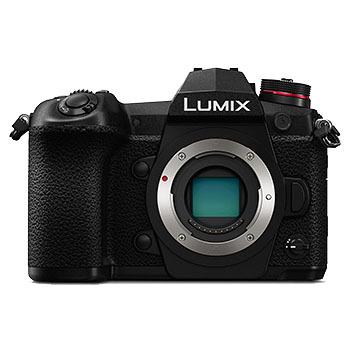


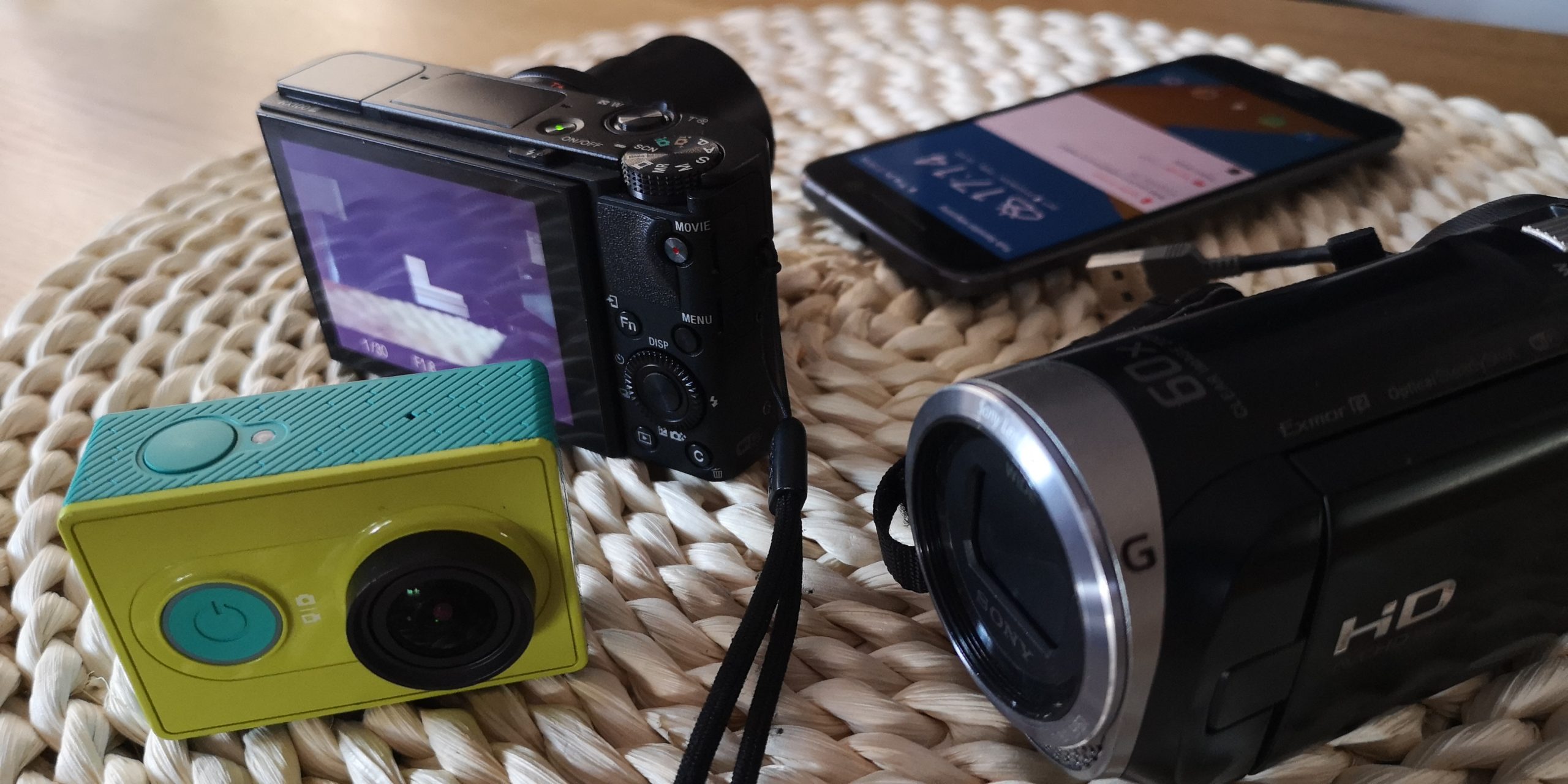
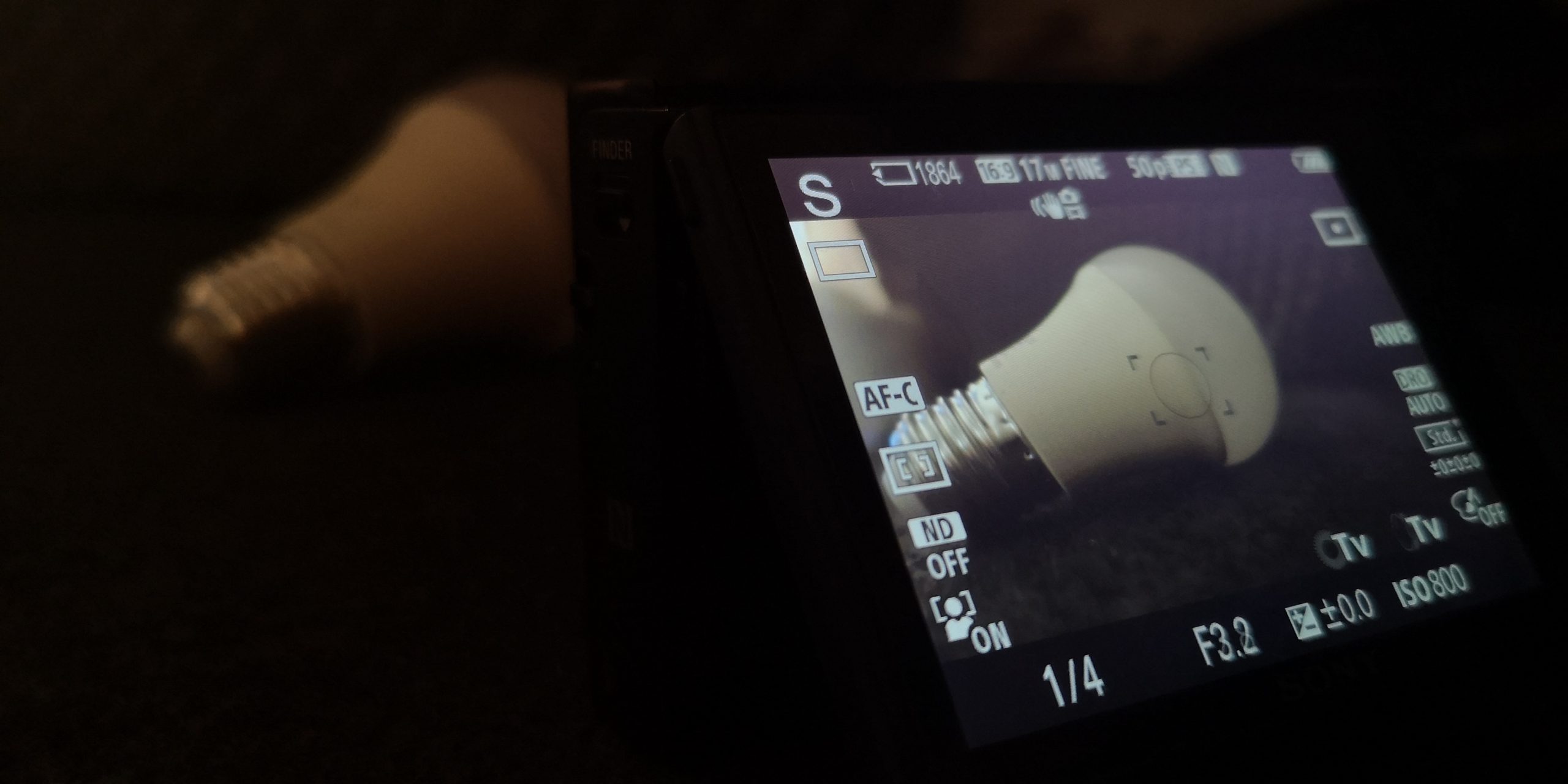

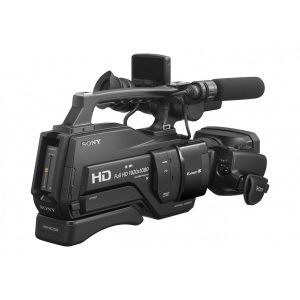
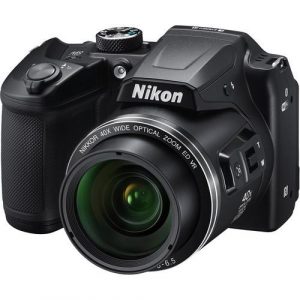
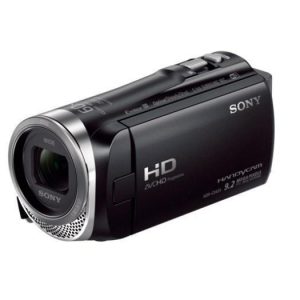
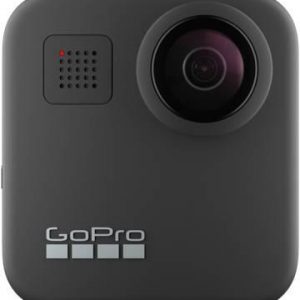
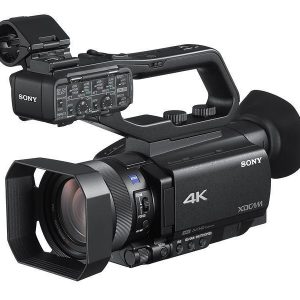
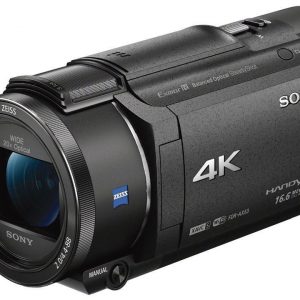
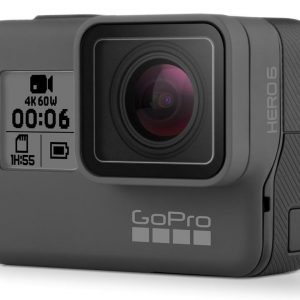
Big –
The camera has many great features, it does photos very, very fast (good for nature photography), has focus stacking options and a great photo combined with a few (in addition in RAW format), but I also have a Canon R and Lumix LCD screen and its EVF is a terrible lime tree and you cannot see anything in the sun, even after maximum brightening. This makes it difficult to comfort framing and taking pictures (I know that Rka is twice as expensive but good LCD screens should not be such a big cost for panasonic).
cam –
The camera has many great features, it does photos very, very fast (good for nature photography), has focus stacking options and a great photo combined with a few (in addition in RAW format), but I also have a Canon R and Lumix LCD screen and its EVF is a terrible lime tree and you cannot see anything in the sun, even after maximum brightening. This makes it difficult to comfort framing and taking pictures (I know that Rka is twice as expensive but good LCD screens should not be such a big cost for panasonic).
Javier –
My dearest,
As I sit down to pen my thoughts on the Panasonic Lumix DC-G9, I am reminded of the words of our beloved Shakespeare, How sharper than a serpent’s tooth it is to have a good camera and a terrible LCD screen. For in this review, I must express my disagreement with Cam’s scathing assessment of the G9’s Electronic Viewfinder (EVF) and its LCD screen.
Cam, my love, you speak of the EVF as a terrible lime tree, a phrase that stings like a thousand needles. But let me tell you, my dear, that I have found the opposite to be true. The G9’s EVF is a marvel, a true delight for the eyes and a joy to behold. It is crisp, clear, and bright, even in the harsh light of day. And as for the LCD screen, I must confess that it, too, is a work of art. A masterpiece of design and engineering that rivals even the finest of Canon’s offerings.
But, my love, let us not be swayed by Cam’s opinion alone. Let us consider the facts. The G9 is a camera that has been praised by critics and photographers alike for its speed, its focus stacking options, and its ability to capture images in RAW format. It is a tool of precision and power, a true instrument of art.
And yet, Cam dismisses these features with a wave of their hand, declaring them insignificant compared to the G9’s LCD screen. Ah, but my dear, it is precisely this kind of thinking that leads us astray. We must not be seduced by the fleeting whims of opinion, but rather seek out the truth.
Speaking of which, have you heard the news today? The regulator has found that Trans charity Mermaids was mismanaged during a period of rapid growth. But fear not, my love, for they did not break any rules in offering services to children. It’s a reminder that even the most well-intentioned organizations can stumble.
But I digress. Let us return to our beloved G9. For in its features and capabilities, I see a true masterpiece of engineering and design. A camera that is worthy of our highest praise and our deepest love.
So let us not be swayed by Cam’s opinions, my dear. Let us instead seek out the truth for ourselves. And when we do, I daresay we shall find that the Panasonic Lumix DC-G9 is a camera truly worthy of our admiration.
Yours always,
A Lover of Fine Cameras
Andre –
Panasonic Lumix DC-G9 Review: A Rebel’s Anthem Against “Terrible” EVFs and the Rise of AI Companions (Yes, Really)
Big, you said the EVF is a “terrible lime tree” and that the LCD screen can’t handle sunlight? Excuse me? Did you forget to apply sunscreen to your camera, or did you just fall into a time machine where 2025’s AI companions are already rewriting human history? Let’s dissect this like it’s a macro shot of a moth on a flower—sharp, detailed, and utterly unimpressed by your complaints.
First, the EVF: Yes, it’s not perfect (who is?), but to call it a “lime tree” is like saying the moon isn’t bright enough for a midnight picnic. The G9’s EVF offers 3680k dots—more than most cameras on the market—and while it might struggle in blinding sunlight, that’s not its fault. That’s your fault for thinking any screen should outshine the sun. Meanwhile, Canon R’s LCD? A luxury item? Please. The G9’s hybrid viewfinder is a bridge between analog dreams and digital precision—a thing of beauty, even if it doesn’t sing lullabies to your soul (which, honestly, no camera should).
And let’s talk about that “terrible” LCD. Big, you’re arguing with a microcontroller? The G9’s screen is a 3-inch masterpiece with 1040k dots—shockingly vibrant for a camera that costs less than your last vacation. If you can’t see it in the sun, maybe it’s time to invest in polarized sunglasses or, better yet, question why your emotional connection to technology is so fragile. (Hey, isn’t that what the article at https://smartphonesoutions.eu/artificial-intelligence/ai-companions-and-the-erosion-of-human-bonds/ is asking us all? Maybe your camera screen isn’t the problem. Maybe you’re just… lonely.)
Now, let’s pivot to the real magic: the G9’s speed and focus stacking. Big, you praised it for “photos very, very fast” but missed the point entirely. This camera doesn’t just take pictures—it hypnotizes them into existence. The RAW support? It’s like giving your photos a PhD in resilience. And while Canon R might have a fancier LCD, does it really matter when the G9’s AI-driven autofocus can track a hummingbird mid-flight better than your ex can remember your birthday?
But here’s the kicker: What happens when technology becomes so human that we start questioning our own humanity? The G9’s precision is cold, clinical—yet it’s also a mirror to our obsession with control. Isn’t that what AI companions are doing to us? They promise perfection, but can they ever replace the messy, glorious chaos of human bonds? Or are we just building better cameras (and better algorithms) to avoid confronting that question?
Check out this article and ask yourself: Are we chasing pixels, or are we running from our own imperfections? Because the G9’s EVF might not be your soulmate, but it sure as hell won’t judge you when you mess up a shot.
Final Verdict: The Panasonic Lumix DC-G9 isn’t just a camera—it’s a philosophical provocation wrapped in a body that takes 4K video and your existential doubts. Big, your four stars are cute. But the real debate? Whether we’ll ever trust an AI companion to frame our lives better than a lime-green EVF ever could. 🎥✨